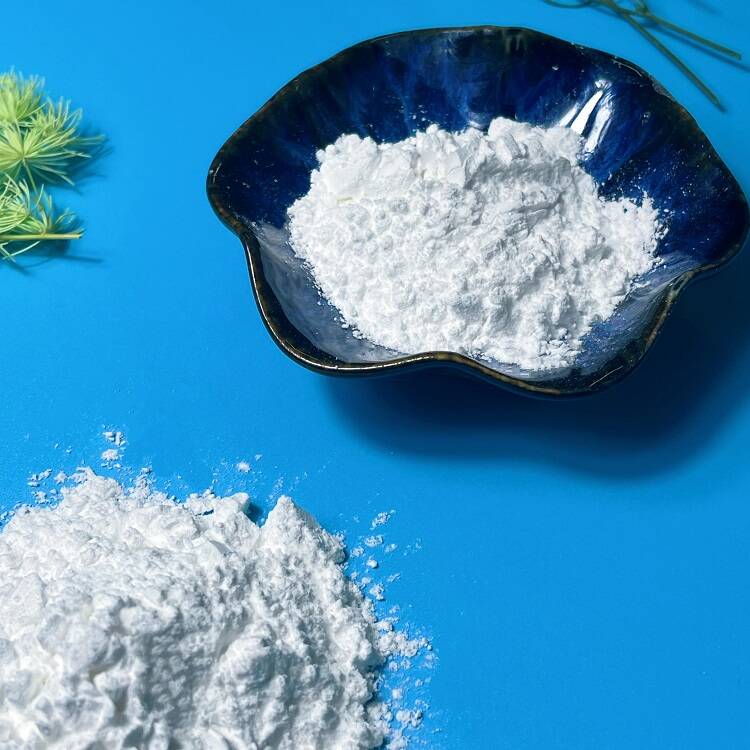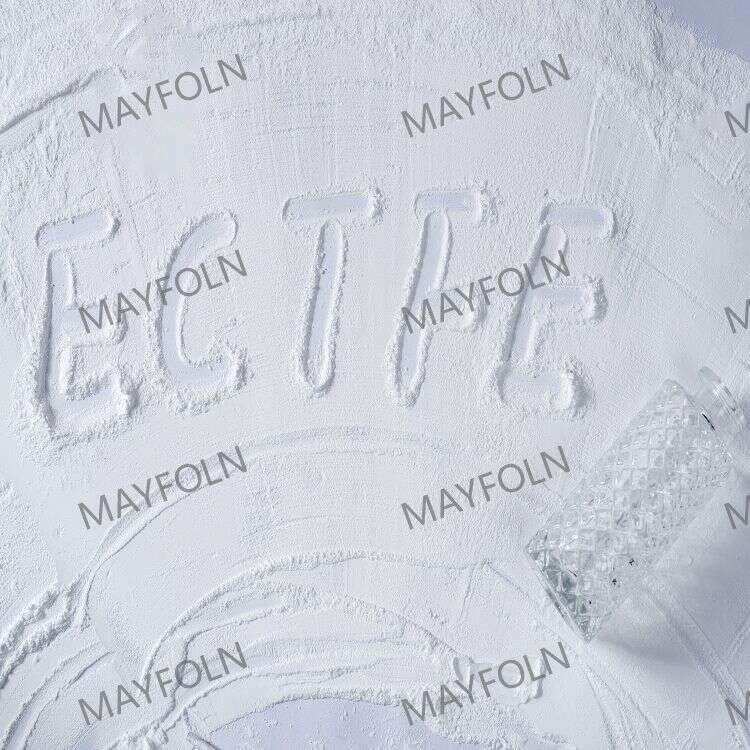-
Categories
-
Pharmaceutical Intermediates
-
Active Pharmaceutical Ingredients
-
Food Additives
- Industrial Coatings
- Agrochemicals
- Dyes and Pigments
- Surfactant
- Flavors and Fragrances
- Chemical Reagents
- Catalyst and Auxiliary
- Natural Products
- Inorganic Chemistry
-
Organic Chemistry
-
Biochemical Engineering
- Analytical Chemistry
-
Cosmetic Ingredient
- Water Treatment Chemical
-
Pharmaceutical Intermediates
Promotion
ECHEMI Mall
Wholesale
Weekly Price
Exhibition
News
-
Trade Service
One. Overview of leveling
coating construction, there is a flow and drying film process, and then gradually form a flat, smooth, uniform coating film. Whether the coating can achieve the characteristics of flat and smooth, called leveling. In the actual construction process of the coating, often appear in the coating defects are orange peel, fish eye, shrink hole, pinhole, shrink edge, Benard vortex, air flow sensitivity and due to poor leveling, brush marks when painting, roller marks are called poor leveling, the production of these phenomena reduce the decorative and protective function of the paint . There are many factors that affect paint leveling, the volatile gradient and dissolution performance of solvents, the surface tensor pressure of the coating, the thickness and surface tensor gradient of the wet film, the fluidization of the coating, the construction process and the environment, among which the most important factors are the surface tensor of the coating, the surface tensor gradient produced by the wet film during the film formation process, and the surface tensor homogenization ability of the wet film surface layer. Improving the leveling of coatings requires consideration of adjusting formulations and adding suitable additives to give the coating the right surface strength and the ability to reduce surface stress gradients.
two. The role of leveling agent
coating after wetting the substrate, control its flow to the final leveling aid called leveling agent, leveling agent can solve the following problems:
3. The main factors affecting the flow level
1. Surface stress gradient ------ liquid------ gas interface
the surface stress gradient of the middle layer and the surface results in turbulence
. Elimination of surface stress gradient is a factor in obtaining a flat surface
2. Surface stress ------ liquid------ solid interface
lower surface pressure than the substrate, so that the coating has a better substrate wetting force
. Reduce the surface pressure of the coating reduces the attraction between molecules on the surface, thereby promoting better flow.
Thursday. The influence factors of leveling speed
the greater the viscosity, the slower the level
the thicker the coating film, the faster the leveling
the greater the surface pressure, the faster the leveling
5. The effects and properties of different leveling agents
1) eliminate surface
2) reduce system surface stress.
. Silicones:
- Significantly Reduce Surface Stress
- Good migration performance Eliminates Surface Stress Gradients
- Acrylics:
- Do not significantly reduce surface stress
- Do not migrate to surface
- Directed inside the coating, adjust local surface stress oxide
Silicone leveling agent has two distinct characteristics.
performance
silicone
polyacrylate
excellent
good
flow
good
excellent
excellent anti-shrink hole
excellent
general
substrate wetting
good
general
steady foam
is
No
soilly cool
is
No
between layers of attachment
is
No
added amount
small
large
silicone leveling agent
First, can significantly reduce the surface pressure of the coating, improve the paint substrate wetting capacity and the fluidity of the paint film, eliminate Benard vortex to prevent flowering. The ability to reduce surface stress depends on its chemical structure, and another notable feature is the smoothness, resistance and adhesion of the coating. The disadvantage of this type of leveling agent is that there is a tendency to stabilize foam and affect inter-layer adhesion, and some also pollute the construction environment such as ovens.
its structure is currently mainly three categories: polydymethylsiloxane, polymethyl alkyl silica, organic modified polysilioxane, with organic modified polysilicone is the most important, short-chain silicone does not affect re-painting;
acrylic leveling agent
acrylic leveling agent includes pure acrylic leveling agent and modified acrylic leveling agent.
pure acrylic leveling agents include traditional non-reactive acrylic leveling agents and new reactive acrylic flow agents containing the main energy group. This is a class of acrylic polymers or co-polymers of varying molecular weights, such leveling agents only slightly reduce the surface pressure of the coating, can balance the surface pressure difference of the paint film, to obtain a truly flat, mirror-like paint film surface. If the molecular weight is high enough, this leveling agent also has the effect of degassing and deblistering. The disadvantage of traditional non-reactive acrylic leveling agents is that high molecular weight products may produce fog shadow in the paint film, low molecular weight products, and may reduce the hardness of the paint film surface. Acrylic leveling agent with reactive function group can solve this contradiction very well, provide good leveling, do not produce fog shadow or reduce surface hardness, and sometimes improve surface hardness.
fluorocarbon leveling agent
Fluorocarbon leveling agent is characterized by high efficiency, but expensive, generally used when acrylic leveling agent and silicone leveling agent difficult to function, however, there is also a tendency to stabilize foam, affect inter-layer adhesion.
Saturday. Application and selection of leveling agents
For a defined formulation system, the suitable leveling agent varieties should be selected according to the nature of the formulation and the performance of the desired leveling agent.
1. When determining a water-based formula, the wetting agent is often selected first, and then the leveling agent is selected. Some additives can play a role in both wetting agents and leveling agents.
2. Do not use a large amount of moisturizers that strongly reduce surface pressure, which is sufficient because it will prolong the leveling time.
solvent coating systems are commonly used in primer and mid-lactic formulations. If degassing and substrate wetting are required, it is advisable to choose a medium molecular weight or a high molecular weight acrylic leveling agent. In primers, if stronger substrate wetting is required, consider the use of silicone leveling agents and modified acrylic leveling agents (e.g. fluorine-modified acrylic leveling agents and phosphate-modified acrylic leveling agents) that significantly reduce surface stress, and if the silicone leveling agent and fluorine-modified acrylic leveling agents appear to stabilize bubbles and affect inter-layer adhesion. In the paint and transparent paint formula, the appearance of the paint film requirements are relatively high, generally optional low molecular weight acrylic leveling agent, so that you will get good leveling, in the paint film is not easy to produce fog shadow. In the cross-link curing system, acrylic leveling agents with reactive erythropoies are often used to obtain better leveling, while improving the physical and chemical properties of the paint film. Silicone leveling agents are required if the paint film is needed for better fluidity or if it requires smoothness and scratch resistance, in which case it is best to use silicone leveling agents and acrylic leveling agents. It should be pointed out that when vertical surface construction, silicone leveling agent can effectively reduce the tendency of the coating to hang while providing leveling performance. In addition, in the metal flash paint formula, silicone leveling agent should be used with caution, as this may lead to uneven arrangement of flaky aluminum pigments and uneven color of the paint film.
process of powder coating system powder coating is divided into two stages. The first stage is the melting of powder particles, and the second stage of powder particles melts and flows into a flat paint film. Powder coatings are solvent-free and do not produce surface tensor gradients during film-forming processes, and the leveling is more related to the wetting of the substrate. Acrylic leveling agents are often used in powder coatings. If the leveling agent is liquid, it is generally prepared in advance to use as master. There are also acrylic leveling agents made into powders, specifically used in powder coatings, such products are liquid acrylic leveling agent adsorption on silicon dioxide powder, some low-grade leveling agents with calcium carbonate adsorption. If powder coatings require smooth resistance to hanging injuries, silicone leveling agents are used, and silicone leveling agents that have been made into powders are specifically designed for powder coatings. Use silicone leveling agents to avoid shrink holes.
water-based coating system is divided into water-soluble system and latex system. In water-soluble systems, the surface pressure of the system needs to be strongly reduced, most commonly silicone leveling agents and fluorocarbon leveling agents, which work in the same way as they are used in solvent-based coating systems. Of course, acrylic leveling agents for water-based systems are required if a truly flat surface is required. For latex systems, the membrane-forming process is completely different, and the viscosity does not change with the volatility of the solvent. The use of leveling agents in the formulation may improve the wetting of the substrate of the coating, acrylic leveling agent can improve the flatness of the paint film, but the main fluidity of the coating, more through the addition of rheumor control agent to control and adjust.
seven. How to judge the quality of leveling agent
Generally speaking, we can use the following visual methods to roughly judge the quality of paint leveling agent.
paint is dried according to the specified brushing method, if you see that the paint surface does not shrink holes, pinholes. Orange peel, silk, brush marks, fog shadow and other defects, it can be determined that the leveling of this coating leveling agent is better.
the above method is no quantitative indicator and can easily lead to disagreement. Therefore, in the domestic and international paint industry, people have developed a special standard to assess the leveling of paint leveling agents. Such as:
(1) GB/T l750-1979 paint leveling measurement method: this method is to determine a certain method of brushing / spraying paint on a certain substrate, to achieve the time required for leveling.
(2) GB-Sl07 horizontal mobility determination method: this method is to determine the epoxy powder coating test piece melted at a certain temperature after the diameter size.
(3) ASTM D2801 leveling assay: This method uses the New York Coatings Association (NYPC) leveling scraper to determine the leveling grade with the ability to flow two paint strips together in pairs.
.






